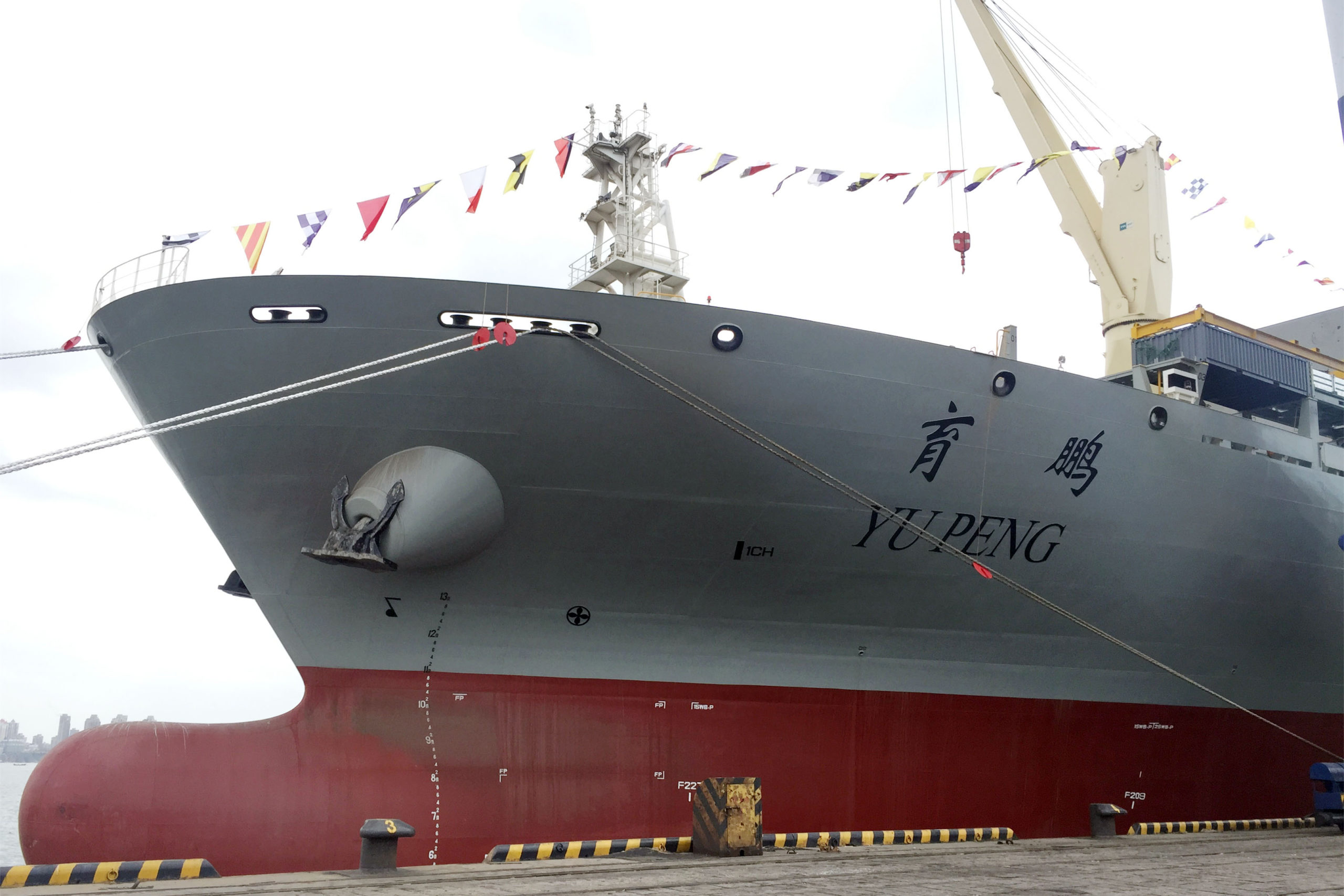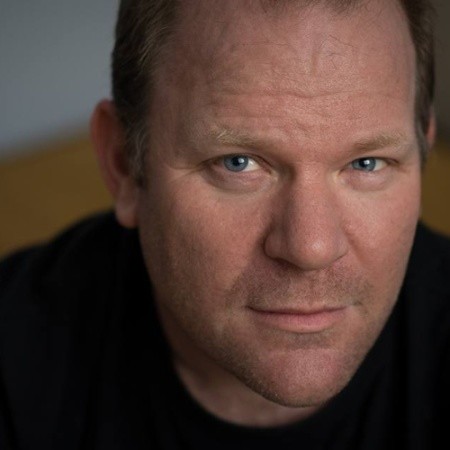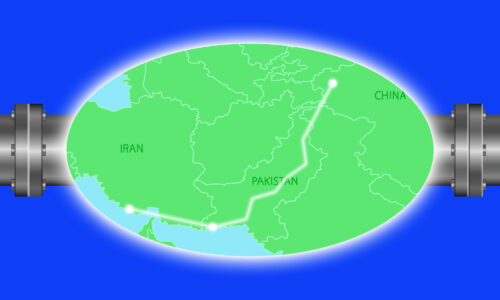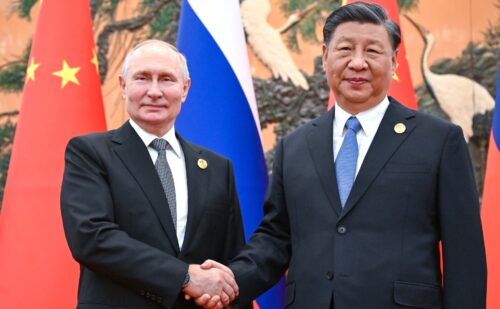China is changing course in Africa
Are China’s activities in Africa focused on furthering domestic political objectives rather than on providing what the continent needs most right now, capital and infrastructure?

With the rise of the Belt and Road over the past several years, China’s dependence on Africa for raw materials has been steadily diminishing. About 15 to 20 years ago, when China first embarked on its “Going Out” agenda, the barriers to entry into most African markets were low and that made it easy to source badly needed oil, minerals, timber, and other raw materials that China’s industrial sector needed.
Today, the situation is very different. The Chinese have shifted a lot of their oil buying from Africa to the Persian Gulf, Russia, and the Americas. Moreover, the Belt and Road is now a reality that’s opened vast new markets for Chinese commodity buyers, and as Xí Jìnpíng 习近平 tries to transition the Chinese economy away from manufacturing to services, they don’t need as much of the raw materials that Africa sells.
Subtle as it’s been, this transition has actually been underway for several years now. Yet it really picked up speed in 2020 due largely to the transformative effect of the COVID-19 pandemic and the ensuing financial crisis in Africa.
Two-way trade, not surprisingly, is down and, as we learned earlier this week, China’s once overflowing fountain of development finance has also dried up. Last month’s Maritime Silk Road Trade Index, which measures China’s trade with different continents, provided another sobering reminder of just how small Africa’s contribution is to China’s global trade balance (it’ll probably come in this year at around 3%).
It’s becoming increasingly evident that China’s evolving priorities in Africa will not be primarily commercially driven. Let me be clear here, though: Trade and investment will still be important, just not as much as in the past.
So now we have to try to figure out what comes next and that’s not easy to do. First, Chinese policymakers are not always very forthcoming with this kind of information, but in their defense, they are probably also still trying to figure it out.
But some intriguing clues are starting to pop up, which might inform us about how the Chinese are looking to change course in Africa.
Last month, Wèi Jiànguó 魏建国, a former vice minister in the Ministry of Commerce, wrote an interesting column in the English-language Global Times newspaper that laid out a three-point proposal for a new direction in China-Africa relations:
- BELT AND ROAD: “China-Africa cooperation should continue to focus on cooperation under the Belt and Road Initiative (BRI),” said Wei. This definitely aligns with the recent burst of discussion about how China can integrate the BRI with the African Continental Free Trade Agreement.
- COVID-19: “Cooperation on the fight against COVID-19 should be further strengthened,” he added as point number two. This may be an indication that China foresees the COVID-19 public health crisis extending beyond 2021. After all, Africa’s going to require more than a billion doses of a future vaccine that will take months if not years to supply.
- DUAL CIRCULATION: “China-Africa cooperation also should be carried out under the big picture of “dual circulation,” Wei concluded. This is arguably his most important point as he firmly links Chinese foreign policy in Africa to China’s paramount domestic policy objective that was outlined in the latest five-year plan.
What’s most interesting about the three points that Wei detailed in his column is how they’re far more focused on furthering Chinese domestic political objectives than on providing what Africa needs most right now: capital and infrastructure.
Remember that President Xi and the Communist Party’s credibility is closely tied to the successful deployment of COVID-19 vaccines, revitalization of the economy with the new dual circulation plan, and improving the image of the BRI in the eyes of Chinese taxpayers as something more than a massive giveaway for special interests.
Chinese policymakers often turn to former officials like Wei to float these kinds of trial balloons and see what people have to say. And if you follow these columns closely enough over the years, you’ll discover that quite often a lot of their ideas do actually end up in official policy.
It’s still too early to know for certain how the Chinese are going to evolve their priorities in Africa — we won’t know that until next year’s FOCAC summit in Dakar — but change is definitely coming.






